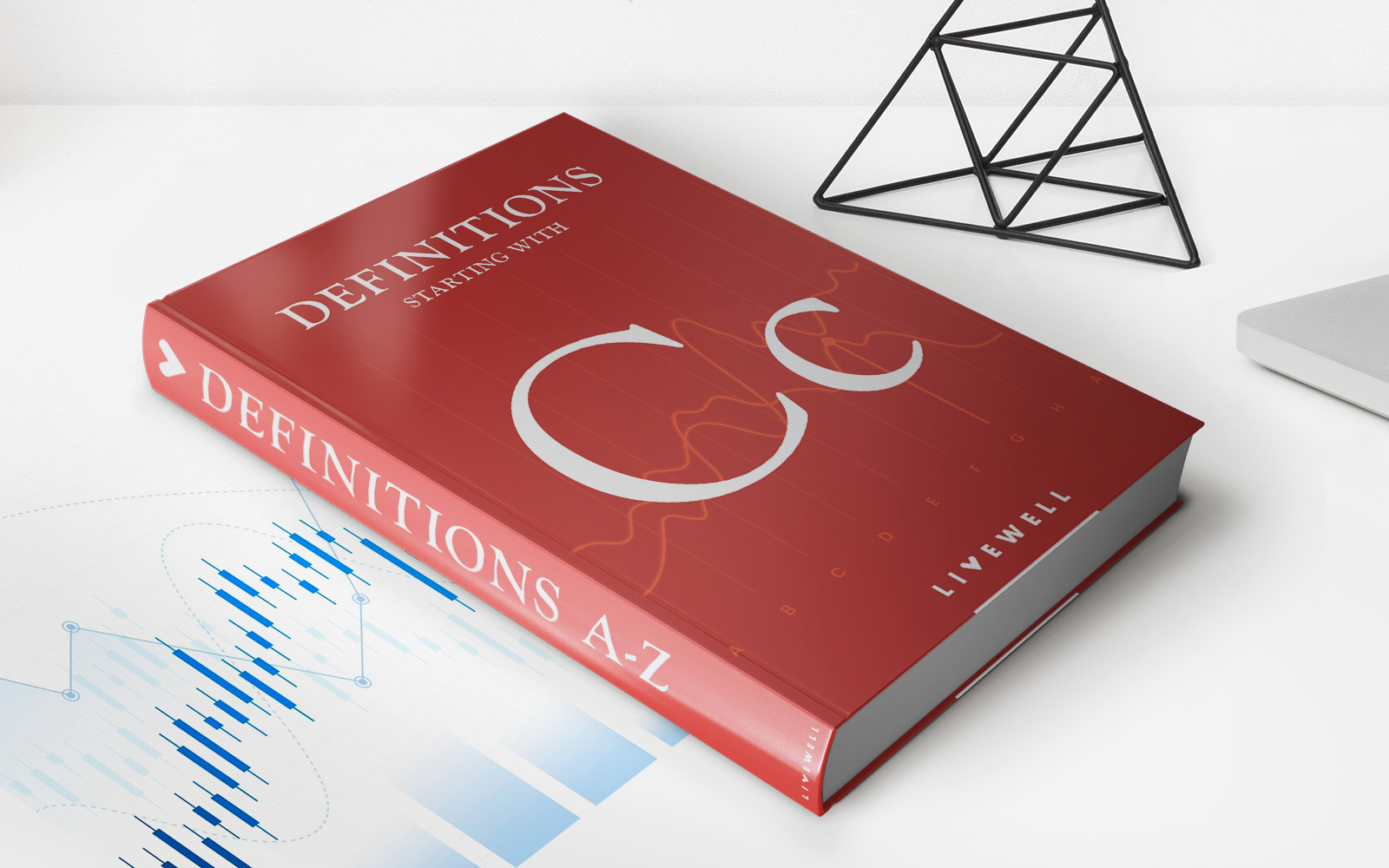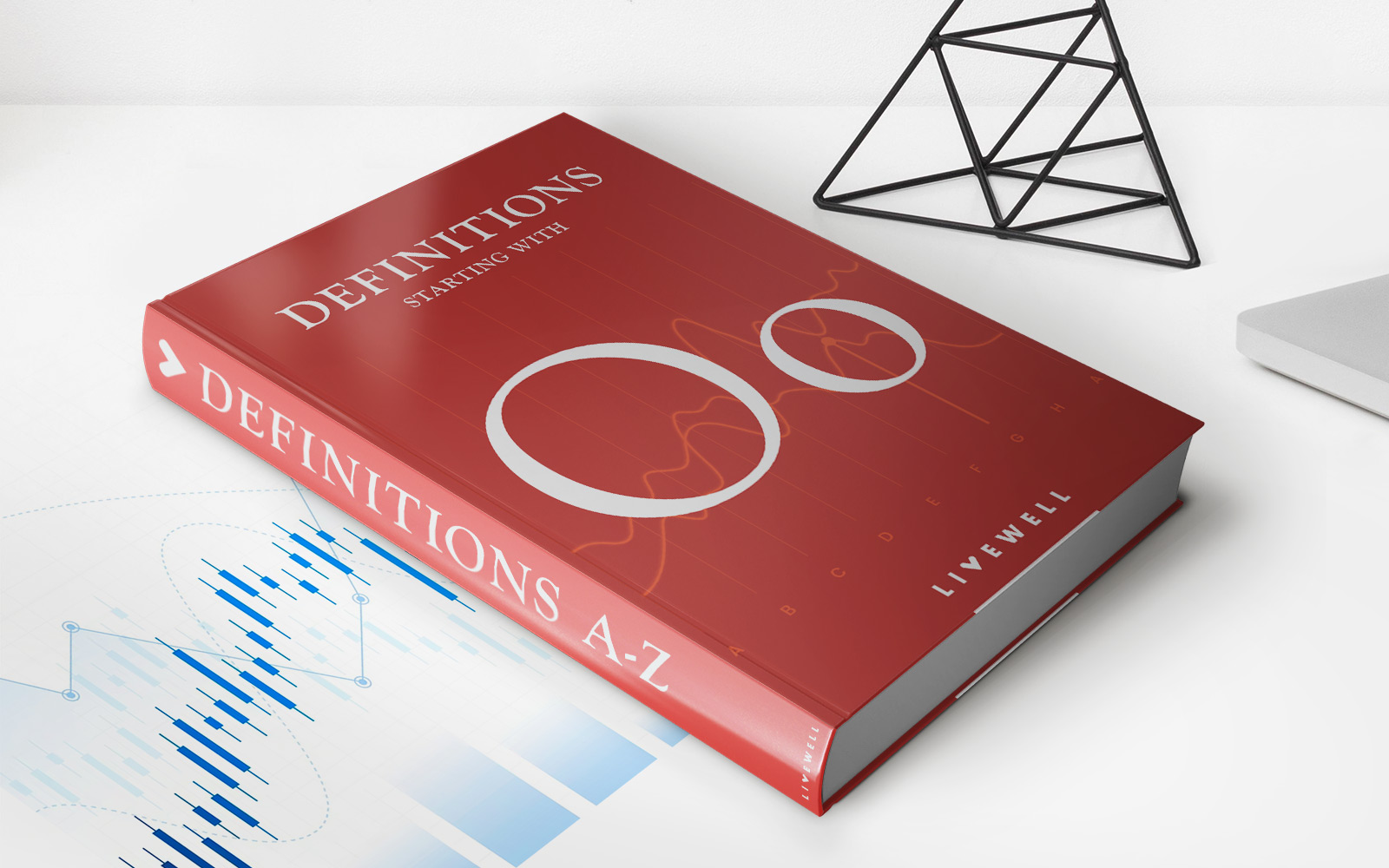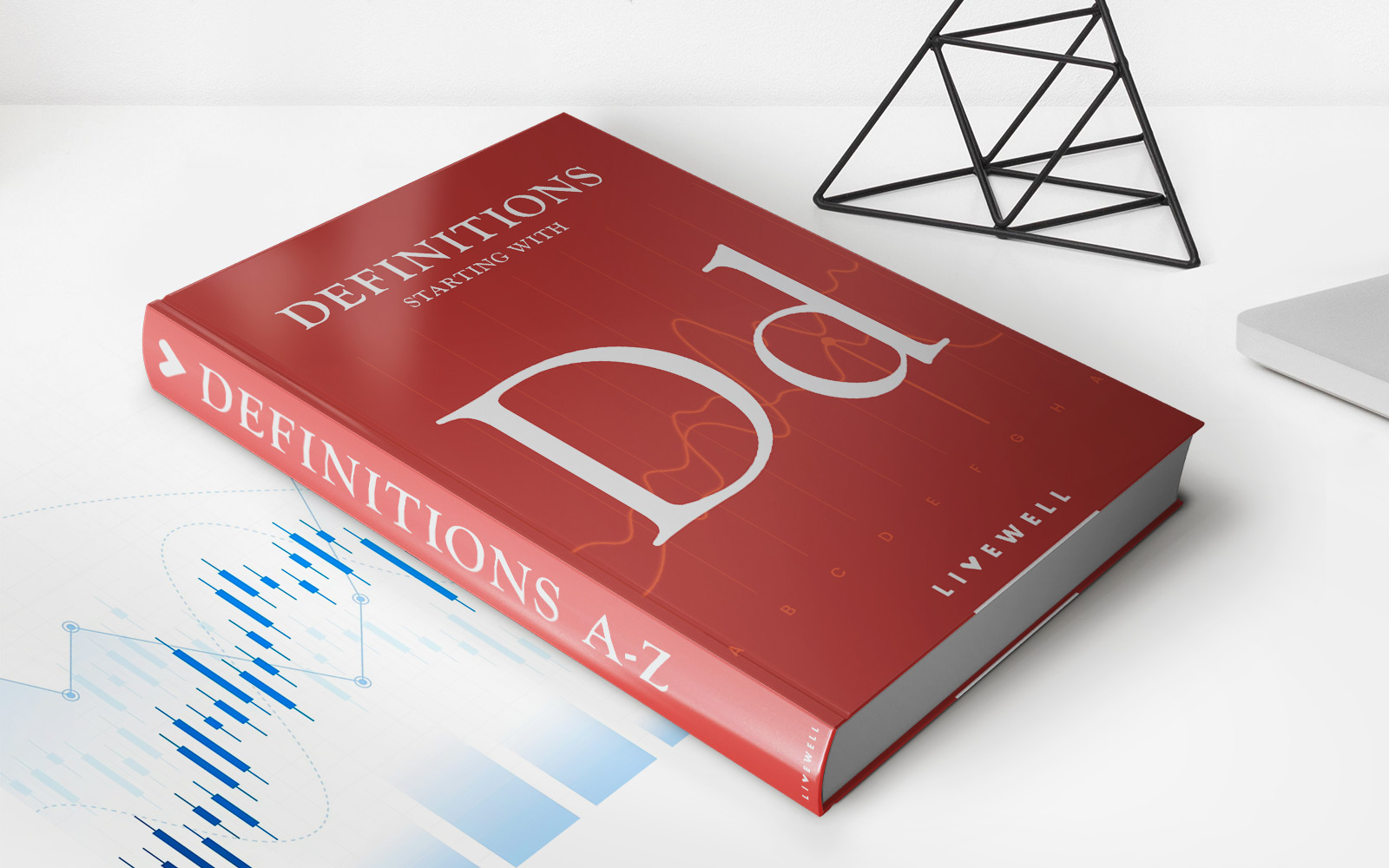

Finance
What Does Credit Utilization Mean?
Published: March 6, 2024
Credit utilization is a key factor in finance. Learn what it means and how it impacts your financial health. Understand the importance of managing credit utilization effectively.
(Many of the links in this article redirect to a specific reviewed product. Your purchase of these products through affiliate links helps to generate commission for LiveWell, at no extra cost. Learn more)
Table of Contents
Introduction
Understanding Credit Utilization
Credit utilization is a fundamental concept in the world of personal finance, playing a pivotal role in determining an individual's creditworthiness. It refers to the ratio of the amount of credit being used to the total credit available. In simpler terms, it is the percentage of a person's available credit that they are currently using. This metric is a crucial component of credit scoring models and is closely scrutinized by lenders and creditors when assessing an individual's credit risk.
Credit utilization is a reflection of how responsibly an individual manages their credit accounts. It provides insights into their borrowing habits and their ability to manage credit responsibly. Understanding this concept is essential for anyone seeking to build and maintain a healthy credit profile.
Credit utilization is often expressed as a percentage and is calculated by dividing the total outstanding balances on credit accounts by the total credit limit across all accounts. For example, if a person has a total credit limit of $10,000 and they currently have a combined balance of $3,000, their credit utilization ratio would be 30%.
It’s important to note that credit utilization is not only influential on an individual’s credit score but also holds significance in various financial transactions, including loan approvals, interest rates, and overall financial well-being. Therefore, gaining a comprehensive understanding of credit utilization is crucial for anyone aiming to make informed financial decisions and achieve long-term financial stability.
Understanding Credit Utilization
Understanding Credit Utilization
Credit utilization, often referred to as the credit utilization ratio, is a key factor in determining an individual’s creditworthiness. It is a measure of how much of one’s available credit is being utilized at any given time. This metric is a critical component of credit scoring models and is used by lenders to assess an individual’s ability to manage credit responsibly.
When a person uses a significant portion of their available credit, it can indicate financial distress or a potential inability to handle additional credit. On the other hand, a lower credit utilization ratio suggests that an individual is using credit responsibly and may be a lower credit risk. Lenders generally prefer to see a lower credit utilization ratio, ideally below 30%.
Understanding credit utilization involves recognizing its impact on credit scores. Credit scoring models, such as FICO and VantageScore, consider credit utilization as a significant factor in determining an individual’s credit score. A high credit utilization ratio can negatively impact a credit score, while a low ratio can have a positive effect. Therefore, maintaining a low credit utilization ratio is crucial for preserving a healthy credit score.
It’s important to note that credit utilization applies to revolving credit accounts, such as credit cards and lines of credit, where the available credit replenishes as the balance is paid off. It does not typically apply to installment loans, such as mortgages and car loans, where the credit is extended once and then repaid over time.
Understanding credit utilization also involves recognizing its dynamic nature. Credit utilization is not a permanent state but can fluctuate from month to month based on credit card usage and payments. Being mindful of credit utilization and actively managing it can significantly impact an individual’s credit score and overall financial well-being.
By comprehending the significance of credit utilization and its implications, individuals can make informed decisions to maintain a healthy credit profile, improve their creditworthiness, and achieve their financial goals.
Importance of Credit Utilization
Credit utilization holds immense significance in the realm of personal finance and credit management. Its impact extends beyond just a number on a credit report and can affect various aspects of an individual’s financial life. Understanding the importance of credit utilization is crucial for anyone aiming to maintain a healthy credit profile and secure favorable financial opportunities.
Impact on Credit Score: One of the primary reasons credit utilization is important is its direct influence on an individual’s credit score. Credit scoring models, such as FICO and VantageScore, consider credit utilization as a key factor in determining credit scores. A high credit utilization ratio can negatively impact a credit score, while a low ratio can have a positive effect. Therefore, maintaining a low credit utilization ratio is vital for preserving a healthy credit score.
Lender Perception: Lenders and creditors use credit utilization as a measure of an individual’s credit management skills. A high credit utilization ratio may signal financial distress or an inability to handle additional credit, potentially making a person appear riskier to lenders. On the other hand, a low credit utilization ratio reflects responsible credit usage and may make an individual more attractive to lenders, leading to better loan terms and interest rates.
Financial Opportunities: Maintaining a low credit utilization ratio can open doors to various financial opportunities. Individuals with a history of responsible credit utilization are more likely to qualify for loans, credit cards with favorable terms, and other financial products. Additionally, a healthy credit utilization ratio can lead to lower interest rates, potentially saving significant amounts of money over time.
Overall Financial Well-Being: A low credit utilization ratio is indicative of sound financial habits and responsible money management. By keeping credit utilization in check, individuals can avoid falling into a cycle of debt and financial instability. This, in turn, contributes to their overall financial well-being and sets the stage for long-term financial success.
Understanding the importance of credit utilization empowers individuals to take control of their financial health and make informed decisions regarding credit usage. By recognizing the impact of credit utilization on credit scores, lender perceptions, financial opportunities, and overall financial well-being, individuals can proactively manage their credit utilization to achieve their financial goals and secure a stable financial future.
Factors Affecting Credit Utilization
Credit utilization is influenced by various factors that play a significant role in determining an individual’s creditworthiness and financial stability. Understanding these factors is essential for effectively managing credit utilization and maintaining a healthy credit profile.
Credit Card Balances: The primary factor affecting credit utilization is the outstanding balances on credit cards. The total amount owed on credit cards directly impacts the credit utilization ratio. Higher balances result in a higher utilization ratio, potentially negatively impacting credit scores and lender perceptions. Keeping credit card balances low is crucial for maintaining a healthy credit utilization ratio.
Credit Limits: The credit limits on individual credit accounts also influence credit utilization. Higher credit limits provide more leeway in managing credit utilization, as they offer a larger pool of available credit. Conversely, lower credit limits can lead to higher utilization ratios, even with relatively low balances. Understanding and managing credit limits is essential for controlling credit utilization.
New Credit Accounts: Opening new credit accounts can impact credit utilization. When a new credit account is opened, it can affect the overall available credit, potentially altering the credit utilization ratio. Additionally, the presence of new accounts can impact an individual’s credit score, as it may indicate a higher risk of overextending credit.
Closing Credit Accounts: Closing credit accounts can also affect credit utilization. When a credit account is closed, the available credit associated with that account is reduced, which can lead to a higher utilization ratio if balances on other accounts remain the same. Careful consideration is necessary when closing credit accounts to mitigate potential impacts on credit utilization.
Payment Patterns: The frequency and timeliness of credit card payments can impact credit utilization. Regular, timely payments can help keep credit card balances in check and contribute to a lower utilization ratio. Conversely, late or irregular payments can lead to higher balances and a higher utilization ratio, potentially affecting credit scores and overall creditworthiness.
Balances Across Multiple Cards: Balances across multiple credit cards collectively contribute to credit utilization. Managing balances across all credit cards is crucial in controlling overall credit utilization. Even if individual cards have low balances, the combined balances across multiple cards can still result in a high utilization ratio.
By understanding the factors that influence credit utilization, individuals can proactively manage their credit accounts to maintain a healthy utilization ratio. Being mindful of credit card balances, credit limits, new accounts, account closures, payment patterns, and balances across multiple cards empowers individuals to effectively control their credit utilization and preserve their creditworthiness.
Managing Credit Utilization
Effectively managing credit utilization is crucial for maintaining a healthy credit profile and securing favorable financial opportunities. By implementing strategic practices and being mindful of key considerations, individuals can proactively control their credit utilization and optimize their creditworthiness.
Monitor Credit Card Balances: Regularly monitoring credit card balances is essential for managing credit utilization. Keeping balances low in proportion to credit limits can help maintain a healthy utilization ratio. Aim to pay off credit card balances in full each month to minimize the impact on credit utilization.
Understand Credit Limits: Having a clear understanding of credit limits on all credit accounts is vital. Being aware of available credit across different cards enables individuals to make informed decisions about credit usage, preventing excessive utilization that can negatively impact credit scores.
Strategically Open New Accounts: When considering opening new credit accounts, it’s important to do so strategically. Understand the potential impact on overall credit utilization and credit scores. Opening new accounts can increase available credit, potentially lowering utilization ratios, but it’s essential to avoid overextending credit.
Be Cautious When Closing Accounts: When closing credit accounts, carefully assess the potential impact on credit utilization. Closing accounts reduces available credit, which can lead to higher utilization ratios if balances on remaining accounts remain the same. Consider the implications before closing accounts to minimize adverse effects on credit utilization.
Make Timely Payments: Consistently making on-time payments on credit accounts is crucial for managing credit utilization. Timely payments help keep balances in check and prevent an increase in utilization ratios. Set up payment reminders or automatic payments to ensure payments are made punctually each month.
Utilize Available Credit Wisely: Understanding available credit and using it judiciously is key to managing credit utilization. Avoid maxing out credit cards and strive to maintain low balances relative to credit limits. Responsible use of available credit contributes to a healthy utilization ratio.
Consider Balance Transfer Options: In cases where high credit card balances contribute to elevated utilization ratios, exploring balance transfer options to lower-interest or zero-interest credit cards can be beneficial. This can help reduce the impact of balances on credit utilization and provide an opportunity to pay down debt more effectively.
Regularly Review Credit Reports: Periodically reviewing credit reports allows individuals to assess their credit utilization and identify any discrepancies. Monitoring credit reports enables proactive management of credit utilization and ensures that the information reported is accurate and up to date.
By actively managing credit utilization through these strategic approaches, individuals can effectively control their creditworthiness and maintain a healthy credit profile. Being mindful of credit card balances, credit limits, new accounts, account closures, payment patterns, and available credit empowers individuals to optimize their credit utilization and secure a stable financial future.
Conclusion
Credit utilization is a fundamental aspect of personal finance that significantly impacts an individual’s creditworthiness and financial well-being. Understanding the intricacies of credit utilization is essential for anyone seeking to maintain a healthy credit profile and make informed financial decisions.
By comprehending the concept of credit utilization and its implications, individuals can take proactive steps to manage their credit accounts effectively. Maintaining a low credit utilization ratio, monitoring credit card balances, understanding credit limits, and making timely payments are essential practices for optimizing credit utilization and preserving a healthy credit profile.
It is crucial for individuals to recognize the dynamic nature of credit utilization and its influence on credit scores, lender perceptions, financial opportunities, and overall financial stability. By being mindful of factors that affect credit utilization, such as credit card balances, credit limits, new accounts, account closures, payment patterns, and balances across multiple cards, individuals can strategically control their credit utilization and mitigate potential negative impacts on their creditworthiness.
Proactively managing credit utilization empowers individuals to secure favorable financial opportunities, including access to loans and credit products with favorable terms and lower interest rates. Additionally, maintaining a healthy credit utilization ratio contributes to long-term financial stability and sets the stage for achieving financial goals.
Ultimately, a comprehensive understanding of credit utilization enables individuals to navigate the complex landscape of personal finance with confidence. By implementing strategic practices and remaining vigilant about credit utilization, individuals can optimize their creditworthiness, make informed financial decisions, and pave the way for a secure and prosperous financial future.
With a clear understanding of the importance of credit utilization and the tools to manage it effectively, individuals can take control of their financial well-being and work towards achieving their long-term financial aspirations.














